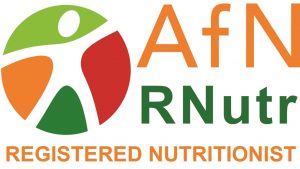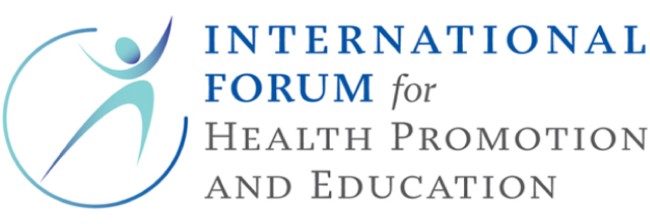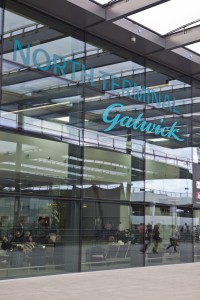 Gatwick Airport’s North Terminal sees over 18 million passengers each year, with one in five passengers travelling on business. Not surprising as Gatwick is the UK second largest airport, 30 minutes from Central London and now serves 46 out 50 of the top business destinations. With this in mind, I was curious as to how Gatwick North Terminal caters for their business customers.
Gatwick Airport’s North Terminal sees over 18 million passengers each year, with one in five passengers travelling on business. Not surprising as Gatwick is the UK second largest airport, 30 minutes from Central London and now serves 46 out 50 of the top business destinations. With this in mind, I was curious as to how Gatwick North Terminal caters for their business customers.
One thing is for sure, business travellers passing through Gatwick are now beginning to find it easier to choose healthier options as a result of some restaurants providing information on their menus. One question remains: just how easy is it to find what you need when in a hurry? When faced with a variety of restaurants but a limited number of healthy choices on each menu, it can be a little frustrating if you can’t find something that suits your taste, waist and budget quickly enough.
So I’ve been to the North Terminal at Gatwick to check out just how easy it could be if you have plenty of forewarning of what was available which matches your specific taste, nutritional and budget requirements. While I found it was rather inconsistent in offerings there were also some great finds to be had.
Here is a quick guide on where to find healthier options at Gatwick Airport in the North Terminal.
Hydration – Buyer beware!
Once past security, you are now free to take on board bottles of water. However, the old adage: Buyer beware rings very true when travelling through Gatwick Airport.
If you purchase water from the vending machines on the way to your departure gate it will be £2 for a 500 ml bottle. This is twice the price of a 500 ml bottle of water purchased from one of the convenient stores in the post-security terminal hall.
At the far ends of the North Terminal hall is the London News Company by WH Smith and Boots the Chemist. At the London News Company (WH Smith) a 500 ml bottle of water was £1.79 and a 750 ml bottle was £1.89. Crazy but true – you only pay 10 p for an extra half bottle of water.
While right next door at Boots the Chemist a 500 ml bottle of water was only 80 pence. You can even buy two 750 ml bottles for £2 (2 for £2). Even better, still true!
Coffee shops also sell bottled water. At Pret a Manger, the cost of a 500 ml bottle of water was £1.50.
So before heading off to your departure gate, make sure you get adequate water at a fairer price from the main hall than on route to the departure gate. The least expensive option I found was Boots the Chemist.
NB: even on a short haul flight the cabin will be drier than the Sahara dessert, so you will naturally lose water quicker when flying short haul than sitting at your work desk. To replace water lost, you will need to consume about a cup of fluid every hour. For a two hour flight, you could do with at least one 500 ml bottle or two cups of a non-alcoholic drink on board the flight.
Quick snacks
If you’re in a rush or just had a main meal a couple of hours ago and don’t need another so soon, then there are plenty of places where you can grab a quick snack to take with you on board the plane.
Many of the flights are short-haul from the North Terminal and while a lot of airlines now offer food which you can purchase during the flight, the selection can be somewhat limited. It is also better to get fresh food and to avoid any salty and/or dehydrated snack options which many of the lower cost airlines are now offering.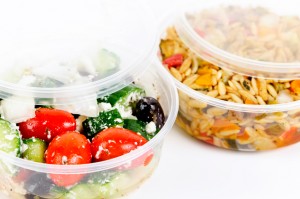
The convenience stores mentioned above both sell takeaway snacks. London News Company by WH Smith has a limited selection with the usual healthier suspects, such as carrot sticks and hummus (£2.29), a variety of sandwiches and a small bag with pieces of fruit (£1.15). Better to avoid the pots of chicken and bacon pasta, even if only 400 calories, as they are high in salt (2.3g) which is over one-third of your maximum daily intake and not ideal for a snack, particularly if flying.
Boots the Chemist had a much bigger selection of healthier food items and were also far more innovative. If you don’t fancy the unusual array of sandwiches (including those made by Jamie Oliver), then you could opt to mix and match various new combinations of finger foods options. Carrot sticks and hummus now come as carrot and cucumber sticks with a beetroot dip. A pack of melon pieces is now accompanied with cucumber sticks and cherry tomatoes. Packs of coconut pieces (£1.20) or breadsticks (£1.20) or even cheddar cheese and red pepper (£1.20) can also be added to the mix. There are also dairy-based options such as yoghurts and smoothies which will add more calcium and protein to your diet, making your snack a more balanced contribution to your overall diet. And if you still want to increase your fruit and vegetables to 5 a day, then there are also small bags of apple and grapes (80 pence) or fruit salad (£2.50) which you can add on top.
Healthier Lunches and Dinner
Some of the restaurants are now indicating which items they feel are healthier on their menu. Buyer Beware! As not all are as heathy as they could be.
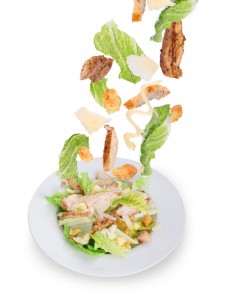 Weatherspoon’s Red Lion pub offers calories on their menu for all items. This is certainly a step in the right direction as it allows you to compare the energy content of each item prior to choosing, particularly great if you are conscious of your weight. The menu also indicates if the item has a fat content lower than 5%. However, the menu doesn’t provide any indication of salt or sugar content and the nutritional information isn’t provided on the Gatwick website for you to pre-check out the options. You simply need to use your own interpretation of what is low in salt and sugar if you want to improve the overall quality of your diet. A symbol indicating which items meet an agreed healthier criteria, approved by a Registered Nutritionist or State Registered Dietitian, could support both the diner and the sales of certain items.
Weatherspoon’s Red Lion pub offers calories on their menu for all items. This is certainly a step in the right direction as it allows you to compare the energy content of each item prior to choosing, particularly great if you are conscious of your weight. The menu also indicates if the item has a fat content lower than 5%. However, the menu doesn’t provide any indication of salt or sugar content and the nutritional information isn’t provided on the Gatwick website for you to pre-check out the options. You simply need to use your own interpretation of what is low in salt and sugar if you want to improve the overall quality of your diet. A symbol indicating which items meet an agreed healthier criteria, approved by a Registered Nutritionist or State Registered Dietitian, could support both the diner and the sales of certain items.
Comptoir Restaurant offers fresh Lebanese food. But like many cuisines, not all items are as healthy as the other. This restaurant didn’t offer any nutritional information when I 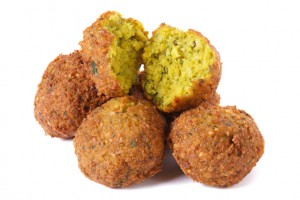 checked. Which is a bit of a misnomer when they have used a heart symbol on the menu to indicate which items that Sirine, a beloved Arabic Actress from the 1960’s, considered to be healthy. Food claims should always be backed by evidence as it is isn’t always easy to tell from the menu description the full recipe, for example, the falafel has a heart, although nutrient dense they are usually deep-fried and subsequently high in fat.
checked. Which is a bit of a misnomer when they have used a heart symbol on the menu to indicate which items that Sirine, a beloved Arabic Actress from the 1960’s, considered to be healthy. Food claims should always be backed by evidence as it is isn’t always easy to tell from the menu description the full recipe, for example, the falafel has a heart, although nutrient dense they are usually deep-fried and subsequently high in fat.
This Southern American restaurant had one of the most informative menus I found at Gatwick Airport’s North Terminal. Next to the menu items you will find a heart symbol 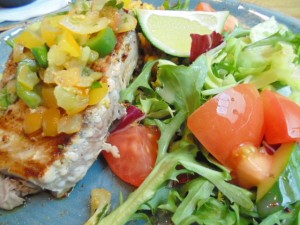 and a calorie count. During my recent visit, I chose the ‘Santa Fe’ Style Tuna at 475 Cals, which comprised yellow fin tuna fillet with rice & black beans, and a zesty salad. Next to this was also a Santa Fe Grilled Chicken dish at 500 Cals. While the selection of healthier main options was limited, there were several side ‘healthier’ vegetable dishes indicated by a heart symbol and energy content, breakfasts options and low alcohol wines (63 Cals per glass).
and a calorie count. During my recent visit, I chose the ‘Santa Fe’ Style Tuna at 475 Cals, which comprised yellow fin tuna fillet with rice & black beans, and a zesty salad. Next to this was also a Santa Fe Grilled Chicken dish at 500 Cals. While the selection of healthier main options was limited, there were several side ‘healthier’ vegetable dishes indicated by a heart symbol and energy content, breakfasts options and low alcohol wines (63 Cals per glass).
Also best to avoid
High sodium – Restaurants like noodles bars, Caviar houses and Yo Sushi! are gaining popularity for their lower fat, healthier positioning within the food industry. However, these menus are usually very high in sodium, mostly owing either to the seaweed or the seafood such as crustacean, shell fish or caviar. Both are derived from a high salt environment and subsequently high in sodium (with the exception of fish). Added to this might be the use of soya sauce, also high in sodium.
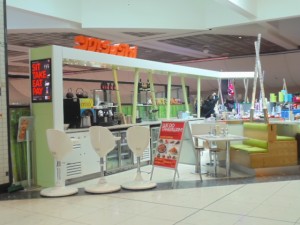 Best to avoid high sodium foods if you have high blood pressure or are flying. High amounts of sodium in your body will be treated as a toxic substance. Your body will attempt to regulate its sodium content very precisely. Any excess and it will excrete it. The rate of fluid excretion from your lungs and skin will simultaneously increase when flying, making your body more prone to dehydration. So if you want to avoid your blood pressure raising as your body manages the water and electrolyte balance in your body, then it is better to avoid consuming high sodium foods from these now very popular restaurants.
Best to avoid high sodium foods if you have high blood pressure or are flying. High amounts of sodium in your body will be treated as a toxic substance. Your body will attempt to regulate its sodium content very precisely. Any excess and it will excrete it. The rate of fluid excretion from your lungs and skin will simultaneously increase when flying, making your body more prone to dehydration. So if you want to avoid your blood pressure raising as your body manages the water and electrolyte balance in your body, then it is better to avoid consuming high sodium foods from these now very popular restaurants.
If you have any comments about the provision of healthy options at Gatwick Airport – North Terminal then please feel free to let us know by using the comment box below or emailing me direct on Kathy.lewis@extravitality.co
Bon Appetite!




























